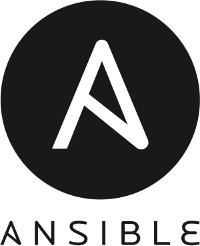Ansible IT automation software allows you to manage software deployments to remote servers with human-readable configuration files. InMotion Hosting recommends several ways to use Ansible.

For small deployments, we recommend our free Ansible Control Node. This is a bare bones Linux container completely separate from the servers it will manage. The Ansible Control Node is included with your first purchase of our Cloud Server or Bare Metal Dedicated Server.
For larger deployments, such as a Private Cloud to run multiple Cloud or Bare Metal servers, we recommend setting up a dedicated Cloud Server or using a virtual machine (VM) in your Private Cloud as your Ansible Deployment Server. This is a more advanced scenario for System Administrators. Get started with our guide to Install Ansible on a Linux Server.
For free Ansible support, please ask a question in our Community Support Center. For paid support, please contact our Managed Hosting team.
For bug reports and related issues, please let us know on our InMotion Github page.
Ansible Control Node Quick Start
Ansible Beginner Topics
InMotion Hosting Ansible Catalog
Explore all Ansible Articles
- Ansible and Docker
- Using Ansible Modules
- Ansible vs Terraform
- Using ad-hoc Commands in Ansible
- Creating your First WordPress Site with Ansible
- WordPress UltraStack Ansible Playbook Tutorial
- Maintaining Your Deployments in GitHub
- Using Git to Manage your Workflow
- Ansible Galaxy and Prebuilt Playbooks
- End to End Guide to Deploy WordPress UltraStack Using Ansible and Git
- Getting Started with Ansible
- Accessing your Ansible Control Node
- How to Install Ansible on a Linux Server
- How to Install Ansible Galaxy Roles and Collections
- Editing the UltraStack Ansible Configuration File
- How to Create an Ansible Playbook
- How to Add Hosts to Your Ansible Inventory
- How to Backup Ansible
- What is Ansible?